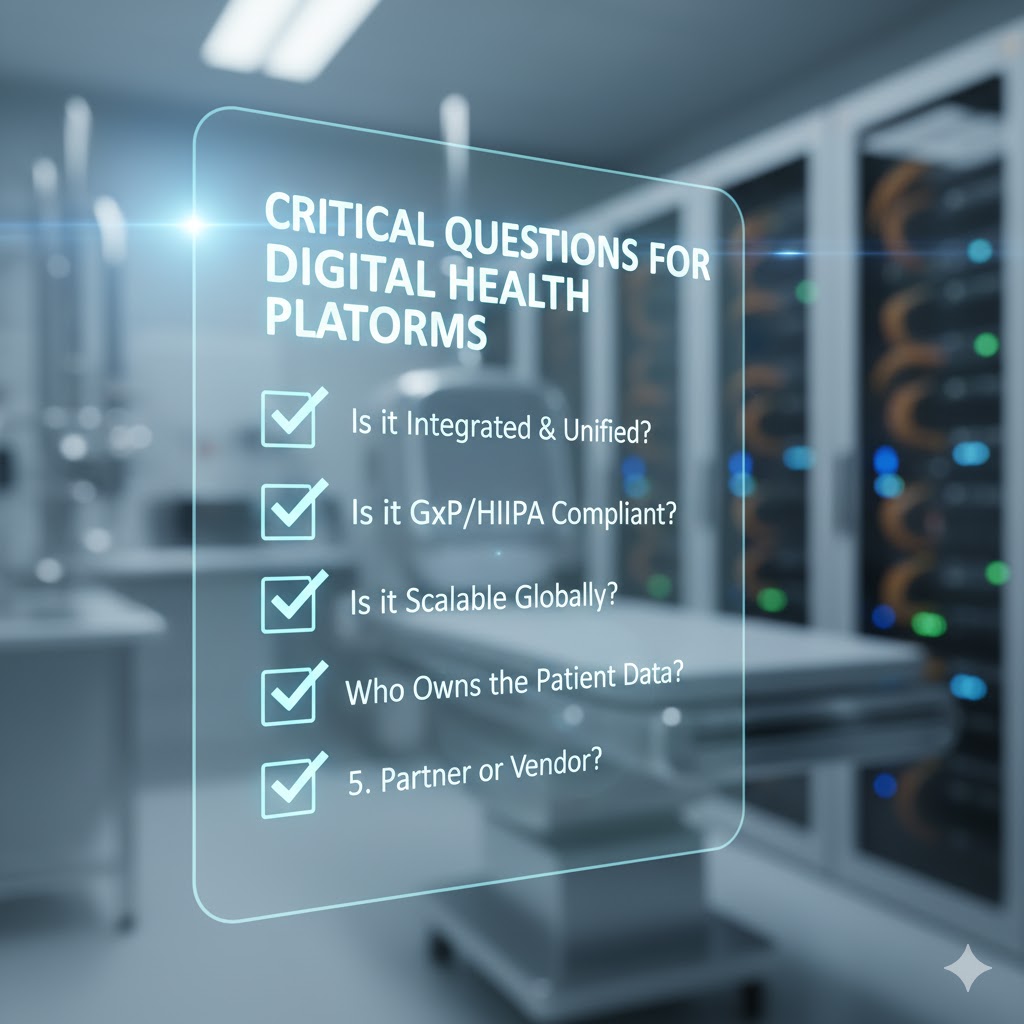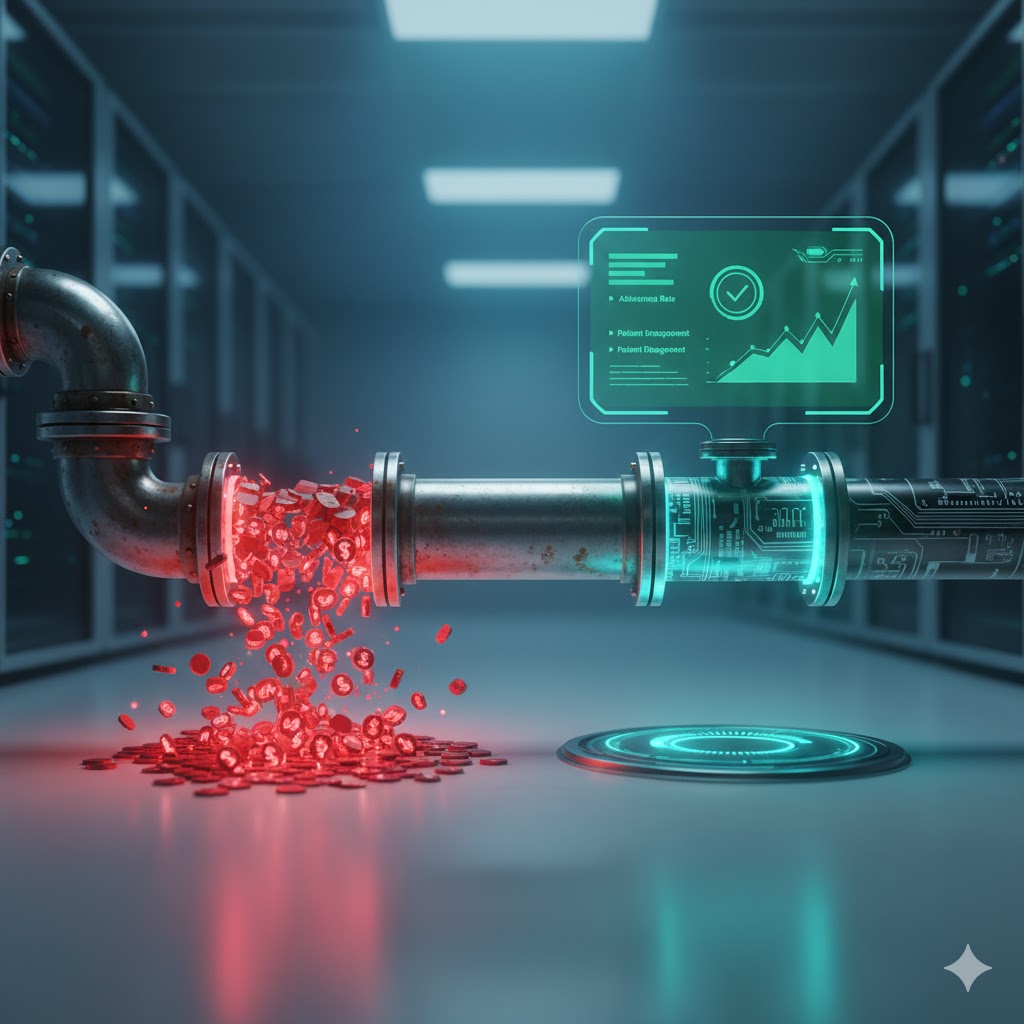Top 5 digital health trends that impact the healthcare industry
Although Digital Health was put into practice little before 2020, the concept gained immense popularity during the Coronavirus Pandemic in 2020. The healthcare industry saw some tremendous changes on the technological front in order to facilitate medical workers and provide patients with the best treatments from the comfort of their homes.
It was a well-known fact that due to expensive resources, numerous medical compliances, and lack of availability of patient data, it was challenging to create well-functioning Digital Healthcare applications and platforms, let alone incorporate the concept into the industry. That said, developing medical health platforms can be even more challenging in the US. However, with the pandemic steadily generating a need for digital healthcare and the US CARES (Coronavirus Aid, Relief, and Economic Security) Act of 2020 easing restrictions on healthcare providers, creating grant-based funding opportunities, and making patient data accessible online- digital health technologies started approaching healthcare without being confined to the four walls of the hospitals and the schedule of the physician.
There have been a lot of rising trends and technologies in digital healthcare that have been assisting doctors and helping patients seek proper medical attention from the comfort of their homes.
1. Internet of Medical Things (IoMT)
Internet of Medical Things (also known as Healthcare IoT) refers to a group of medical devices and hardware that are connected to the internet to store and transmit data. Like IoT, IoMT also makes use of automation, sensors, and artificial intelligence to collect data and reduce human dependency during routine check-ups and patient monitoring. Besides, IoMT has helped store and monitor patients’ data in large numbers, which allows medical professionals to diagnose their conditions at an early stage.
IoMT is the combination of medical devices and the concept of the Internet of Things (IoT), which is driven by internet/ Bluetooth and radio transmission along with cloud storage. It monitors and transmits patient data or individual biomarkers such as blood pressure, sugar levels, etc., through hospital equipment, portable patient monitoring devices such as CGMs (Continuous Glucose Monitor) and Vitals Trackers, Smart Implants, Ingestible Sensors or Smart Pills, Fitness Wearables and more. It has proven to be massively beneficial in helping doctors to be connected with their patients outside the clinic and provide faster and more accurate diagnostics. Additionally, this also helps patients and their families be in the know of things since they can also access the information stored on the cloud through these devices. Not only does IoMT eases the workload of healthcare professionals, but it also provides immense convenience and increases patient awareness.
2. Remote Monitoring and Predictive Analysis
The idea of digital health is incomplete with remote patient monitoring. Remote patient monitoring refers to monitoring patients virtually, with the help of technology, and capturing patient health data without keeping them admitted to clinics or hospitals. Simply put, remote patient monitoring is a coordinated system of home-based or mobile monitoring devices that transfer vital patient data or their daily activities to the hospital servers for storage, which healthcare professionals can access to diagnose the patient’s conditions.
While digital health was a concept that wasn’t very popular before the pandemic because it was expensive and it was not very easy to access patient vital statistics today, it is an essential part of the medical industry- helping patients and professionals alike in treatments and diagnostics. Today it is easier for MedTech companies to develop technologies and platforms to facilitate remote patient monitoring and virtual diagnosis.
Remote patient monitoring has eased physicians' workflow since they don’t need to run from patient to patient around the clinic to monitor them anymore. Not only has digital health improved the diagnosis process, but also it has provided a lot of convenience to patients who cannot visit the doctor’s office regularly. The implementation of digital health and remote patient monitoring allows them to be under the care of medical professionals while staying at home and visiting the clinic once in a while. Additionally, remote patient monitoring is comparatively cheaper in the long run than treating patients face-to-face. Additionally, remote patient monitoring plays an enormous role in the predictive analysis of the patient’s future health condition. The current patient data and statistics help doctors accurately predict forthcoming body ailments and problems that the patient will face.
Other benefits of remote patient monitoring are:
- Patients can access healthcare services at any time of the day.
- Since they can access information about their health, they can also take significant steps to diagnose or try to cure or prevent their conditions from worsening.
- The devices used for monitoring patients remotely provide personalized and in-depth health information about individual patients, which enables doctors to understand all aspects of the patient’s condition in great detail.
- RPM not only promises accurate diagnosis of health, but it also improves the patient outcome and the participation of patients in improving their conditions.
3. Smart Wearables
Smart wearables are probably the most important addition to the latest digital health trends since they collect and transmit patient health information for doctors to monitor remotely. Smart wearables are used to monitor and record the patient's bodily functions, including body temperature, oxygen levels, breathing rate, location, skin and heart activity, physical exercises, and more, without them being confined to the hospitals. With smart wearables, patients can live their everyday life and still be consistently monitored by their physicians.
Due to the immense convenience it provides to the patients as well as the healthcare professionals, the industry has grown exponentially with the advent of remote patient monitoring and digital health and the universal acceptance of virtual diagnosis and patient care.
Smart wearables like Fitbits and CGMs have facilitated remote patient monitoring for a long time. They record physiological statistics, metabolic rates, and other vital statistics of the wearer and provide their physician and themselves with a detailed report on the same. They monitor the patient's daily routine and habits, calorie intake, sleep patterns, etc., which has proven to be very successful in identifying primary indicators of lifestyle conditions such as Thyroid, Blood Pressure, and Diabetes. This has also enabled people to be more conscious about their health and take strides towards improving their quality of life, at an affordable cost, without disturbing their schedules.
4. Virtual and Augmented Reality
Virtual and Augmented Reality play a significant part in digital healthcare and training medical professionals to provide more accurate and precise treatments.
Virtual reality (VR) is an electronically simulated environment where a person can completely immerse themselves in the digital world with the help of a VR lens and other technologies. VR helps surgeons perform surgeries more efficiently, allowing other doctors to see the surgery and add their suggestions. Additionally, VR helps doctors access electronic health records, detect vision impairment, treat patients with anxiety, phobia, and more.
Augmented reality (AR) allows laying graphics, information, or videos using smart devices over reality. This technology basically augments reality and adds more data to it, making it very life-like- for better understanding. AR facilitates doctors by enabling them to monitor multiple patients in different locations at once. AR plays an essential role in telehealth since it can be used in self-diagnostics, especially for patients living in remote areas. AR allows physicians to perform virtual check-ups and provide remote, self-guided treatments.
5. Better Patient data accessibility
Easy accessibility of patient healthcare data, including health records, patient history, current treatments, and conditions, provides physicians a deep insight into the patient’s health issue, thus helping them provide accurate treatments and precise diagnoses in a very less time. Additionally, access to the right information in time of need enhances clinical workflow and saves precious time since it reduces the need to repeatedly fulfill unnecessary forms and applications.
Due to the digitalization of health records- an initiative taken by the National Coordinator for Health Information Technology (HIT), a part of the US Department of Health and Human Services (HSS), over 96% of hospitals and 78% of clinics have been using EHR since 2016. Besides HIT, the HITECH (Health Information Technology for Economic and Clinical Health) Act of 2009 played a significant role in speeding the transition from physical records to EHRs. Additionally, the US federal government allocated financial resources and provided incentives and subsidies to accelerate the adoption and adaptation of healthcare technologies.
Due to the use of EHR in all clinics and hospitals in the United States, it has become very convenient for professionals to access their patient’s health records online.
Conclusion
Digital health has become an integral part of the healthcare industry since it promises convenience, cost-effectiveness, and ease of workflow to clinicians as well as patients. The technological trends facilitating this wave of the new healthcare paradigm are coming up with more innovative and user-friendly solutions to help the industry grow towards its full potential.
Mahalo Health is a digital therapeutics and digital health platform that offers the latest features and customized solutions to MedTech companies for providing better health care services worldwide. Learn more about us here!





